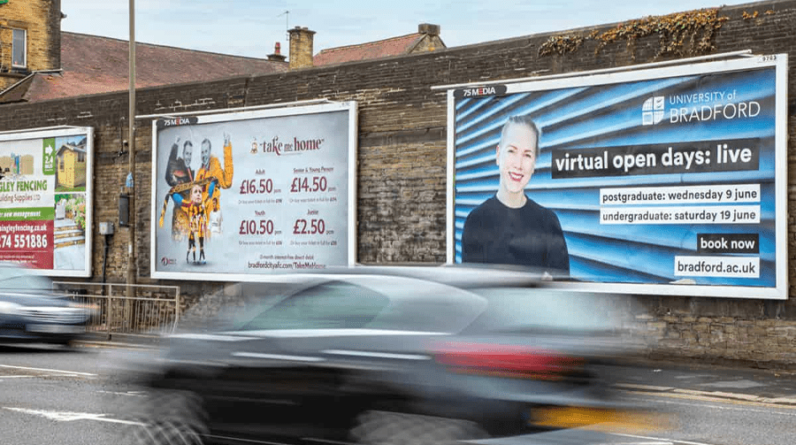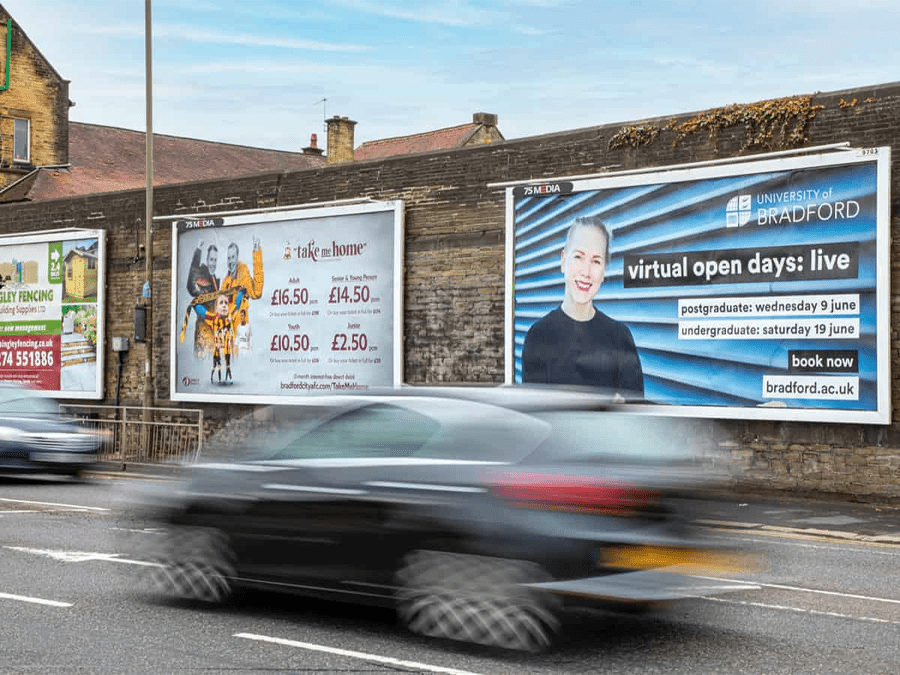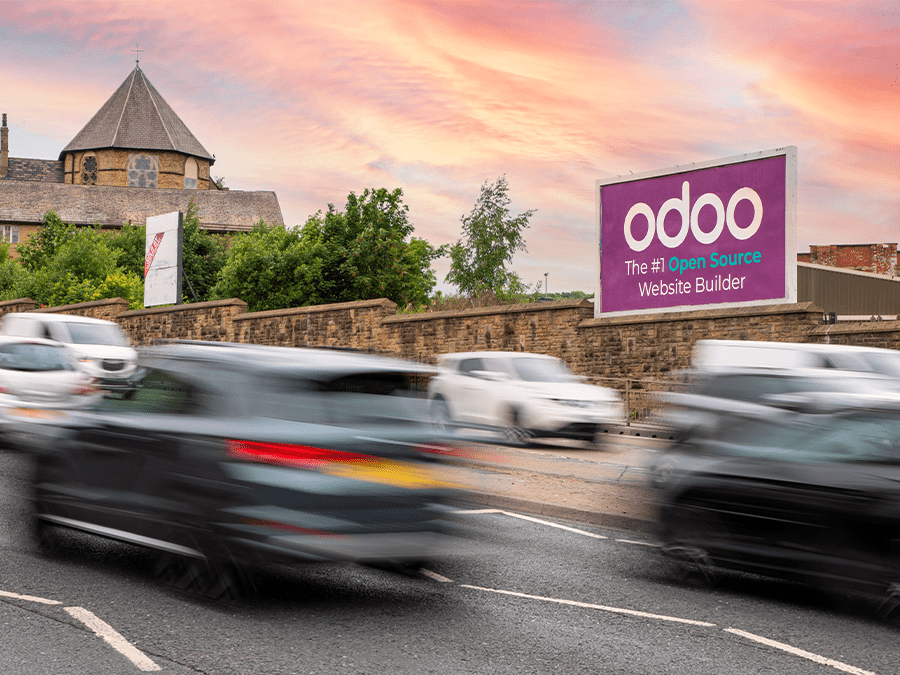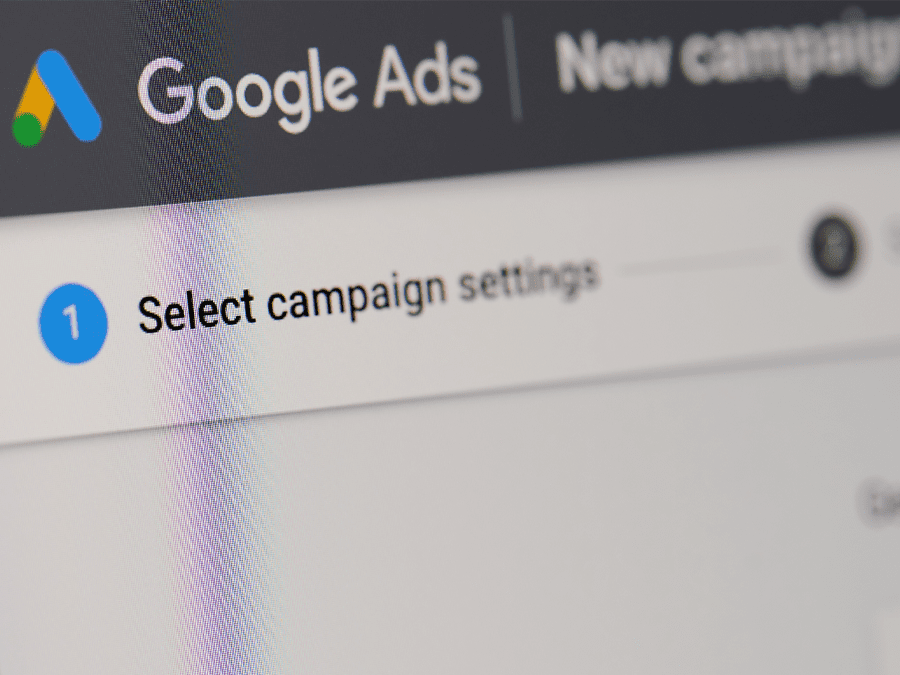
[ad_1]
The cost of living crisis is continuing to take hold in the UK, with inflation having peaked above 10% in July and projected to soar as high as 18.6% in January.
This is affecting businesses as well as households, with the former exposed to sharper price hikes as they’re not subject to the same price cap. Because of this, some firms are reporting five-fold increases over a period of months, while they’ve yet to recieve any formal help from the government.
Because of this, many businesses are responding by cutting some of their expenses, with marketing often one of the first to feel the brunt.
This is something of a false economy, however, as marketing is capable of generating a return in terms of leads, conversions and increased sales.
In this article, we explore why you shouldn’t you cut your spend, and what steps you can take to optimise your efforts if you really do need to market your business more affordably.
Why You Shouldn’t Cut Your Spend
Let’s start by making the case for maintaining your existing marketing spend, even in a strained and uncertain economic climate. Here are some points to keep in mind:
#1. The Inherent Competitive Disadvantage
The fundamental point of marketing, when done well, is to promote specific goods or service to a target audience.
The end goal should be to generate leads and convert these into sales, hopefully producing enough revenue to earn a return on your marketing spend.
With this in mind, slashing your marketing spend should theoretically translate into reduced exposure and fewer leads, while minimising your turnover in the process.
Of course, this may not seem too bad in instances where demand falls naturally and your profit margin remains unchanged, but the situation becomes more complex if your competitors maintain the same marketing spend.
In this case, you run the risk of losing customers (or losing market share) and becoming less generative than your rivals, putting your venture at an inherent competitive disadvantage.
This can also impact on brand awareness and recall over time, so it may prove deterimental at a time when you need to consolidate and optimise performance.
#2. Marketing Shouldn’t be Viewed as a Cost
If you look at the fundamental goal of marketing, you can see that this practice is designed to generate leads and create revenue for your venture.
In this respect, you may need to change the way that you look at marketing as an entrepreneur. Rather than considering it as a simple and non-strategic cost, for example, you should view it as an investment in your business and one that can generate a significant return.
Because of this, it’s better to target actual non-strategic costs when attempting to reduce your business’s total spend, ideally those that don’t have a direct impact on your turnover or bottom line profits.
This way, you can optimise your marketing and sales spend, with a view to remaining generative as a business and maintaining viable profit margins.
#3. It’s Marketing That Keeps Business Going
On a similar note, it’s important to recognise that marketing is a discipline that maintains the flow of customers and money into your business (regardless of the prevailing economic climate).
This is why arbitrarily slashing your marketing budget as a cost-saving exercise is such a false economy, as it may simply strangle your company’s revenue at a time when bills and operational costs are rising.

If you consider the current energy price hike in the UK, for example, businesses are finding it increasingly difficult to fund their overheads and remain operational.
So, although some respond to this by minimising their marketing efforts, this is highly counterproductive and may make it even harder to pay your monthly costs and bills over time.
#4. You May Abandon Your Customers at a Time When They Need You the Most
Not all businesses are created equal, with some delivering goods or services that may be classed as being “essential” or driven by need as opposed by casual demand.
At the same time, approximately 65% of a company’s business comes from existing customers, with those that have essential goods and services more likely to generate revenue through a motivated base of loyal consumers.
Given this and the way in which the challenging economic climate has continued to impact on customers, many households may be relying on you to continue your supply and help sustain them through difficult times.
So, by minimising your marketing spend and output, you could effectively be abandoning these customers at a time when they need you the most.
This can create long-term reputational damage for your business, while undoing much of the previous work you may have done to target, capture and build relationships with your customers.
Can You Continue With a Reduced Marketing Spend?
Of course, the world of business and commerce is rooted in realism, and we recognise that there may be circumstances in which you have no choice but to adjust and reduce your marketing spend.
In this case, the key is to adopt a strategic mindset and determine the best way to go about optimising your marketing budgets.
For example, your budget is likely to be split across a broad range of on and offline channels, each of which will play a different role in the customer’s typical journey.
For example, you may be running an out-of-home (OOH) ad campaign to promote a limited time promotion through social media. Here, a hashtag may be featured to help drive social engagement through a customer’s smartphone, creating an interactive and measurable campaign that leverages channels such as billboards to assist conversions.

Within each campaign, you’ll combine different (and often integrated) channels to achieve your aims, some of which will focus on building awareness and others that will prove pivotal in converting customers.
So, the key is to monitor your marketing output and efficiency, with a focus on granular data that offers the best level of insight.
Then, you can begin to prioritise the channels that best reach your customers, informing how you structure campaigns going forward and ensuring that your budget is redistributed among your best performing channels.
You can also carry this out as part of a more comprehensive overview of your marketing strategy, especially in instances where you have a particularly clearly defined target market.
If you sell and market products that are aimed specifically at women, for example, you may want to increase the emphasis that you place on social media platforms like Pinterest.
As of January 2022, for example, some 76.6% of Pinterest audiences were female, with just over 15% identifying as male.
So, this channel clearly enables you to build mass awareness among a broad target market, creating an opportunity for you to optimise your spend and potential returns.
More generally, the goal should be to assess all of your marketing strategies and campaigns, before adjusting your budget accordingly to achieve the best possible outcomes.
What are the Best Low-Budget Marketing Channels?
On a similar note, it’s important to identify the single most cost-effective budget channels if you’re make the most of your marketing budgets during challenging economic times.
Of course, you’ll still need to ensure that such channels are capable of targeting your audience and well-integrated into a wider campaign, but they offer a significant opportunity to reduce costs. Here’s a breakdown:
#1. Out-of-Home (OOH) Media and Billboards
Out-of-home (OOH) media has emerged as the most cost-effective offline marketing channels in recent times and continues to play an increasingly influential role in integrated campaigns.
Certainly, OOH has superseded television as the primary offline channel for building brand awareness and driving recall, while enabling businesses to reach large and targeted audiences at a fraction of the cost.
To this end, a Neilsen survey from 2017 found that OOH generates 26% of all online search activations triggered by offline media, despite accouting for barely 7% of the cumulative advertising spend.

Even more importantly, OOH is an incredibly effective and affordable way of engaging customers through social media channels and their smartphones.
According to the same study by Neilsen, OOH accounted for 30% of branded Twitter activations during the reporting period. It also drove 31% of all branded interactions through Instagram, with this figure considerably higher than the alternatives for television and print media.
In terms of smartphones, it has been proven that customers who are exposed to OOH content are 17% more likely to engage in brand interactions, through social platforms and similar channels such as email.
OOH is also an ideal marketing channel for small businesses, and not only from the perspective of cost or the total ROI.
For example, local firms can book billboards in numerous locations within a clearly defined catchment area, targeting those with the highest levels of footfall. This way, it’s possible to increase your reach and the number of impressions generated, without having to spend outside of your company’s means.
#2. Email Marketing
Regardless of your product, service or the nature of your consumer base, you should always make room for email marketing in your campaigns.
This is one of the oldest, most efficient and cost-effective marketing channels around, while it’s thought to deliver an impressive return-on-investment (ROI) of at least $36 for every $1 spent (an average return of 360%).
You can also reach a huge audience of potential customers through email marketing, even when compared with social media channels like Twitter and Instagram.
To this end, market research revealed that there approximately 3.9 billion monthly active email users in 2019, with this having since risen above the four billion mark. This equates to nearly half the global population, making for a significant potential reach.
Certainly, email marketing is an excellent, low-cost vehicle when trying to sell professional services through a B2B business model. After all, every CEO, director or senior leadership decision maker will have access to a business email address, and one that they’ll check frequently on a daily basis.
#3. PPC Advertising
Next up is PPC (or pay-per-click) advertising, which is a targeted marketing technique and leverages the immense reach of the Internet.
To this end, 85% of consumers now regularly use the Internet to search for local businesses, products and services, while more than seven million advertisers investing a total of $10.01 billion in PPC ads through 2017 alone.
In addition to boasting a targeted and effective reach that’s ideal for cost-conscious small business owners, PPC ads only require you to pay when an end-user actually reaches your website.

So, you’re paying for tangible leads as they’re generated, rather than investing in an expensive campaign without understanding the channel’s prospective ROI.
You’ll also have flexibility in terms of how much you invest in your PPC advertising campaign, which is ideal as you look to adjust and redistribute your budget in a way that best suits your business.
Overall, PPC advertising delivers an ROI of $2 for every $1 spent in total, creating a potential return-on-investment of 200% over the course of your campaign.
This is highly competitive, and there’s no doubt that PPC advertising should play a key role in your marketing strategy as you look to optimise your total spend and ROI.
The Last Word
The current economic climate is incredibly strained, with businesses bearing the brunt of energy price hikes and the wider cost-of-living in the UK.
Brands are also suffering from decreased consumer spending, as interest rates continue to rise and customers are encouraged to save rather than spend their hard-earned cash.
However, while it’s natural for your business to consider various cost-cutting exercises as you look to consolidate your interests, you should try to avoid slashing your marketing spend as a first port of call.
If you do have to reduce your total marketing spend, you should strive to redistribute your budgets in order to ensure an optimal ROI and avoiding compromising your ability to engage customers.
Regardless, there’s no doubt that OOH should play a key role in your marketing campaigns, especially if you want to prioritise cost-effective channels that can deliver a sizeable return. To learn more about this and how to secure OOH or Billboard space, get in touch with us today here at 75 Media.
[ad_2]
Source link



